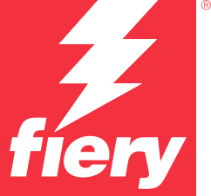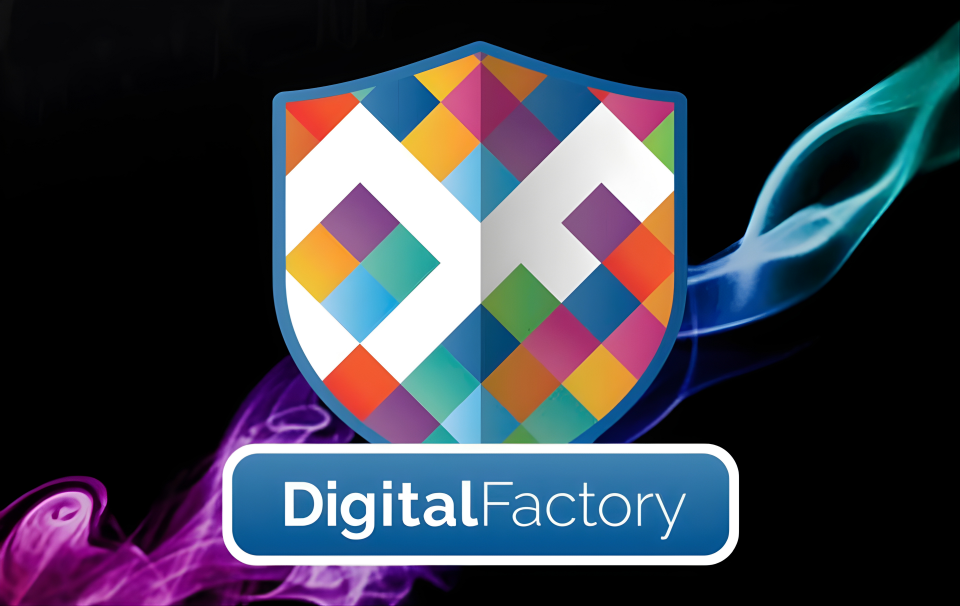Fiery Digital Factory Quick Guide
Welcome to the Digital Factory Quick Guide — a fast, easy way to get started and keep your production running smoothly. Access essential setup steps, key workflows, and must-know tips for Apparel, DTF, DTG, and other Digital Factory editions. This guide is designed to help you hit the ground running with reliable, high-quality output every time.
Installing Digital Factory Apparel
Professional Output: Designed for decorators and print shops aiming for high-quality, repeatable results.
Easy Installation: Step-by-step guidance to get your Digital Factory Apparel software up and running quickly.
Accurate Color Management: Ensures precise color matching for every garment and print style.
Seamless Integration: Connects smoothly with existing printers and workflows for consistent results.
Boosted Efficiency: Automates routine steps to speed up production and reduce manual effort.
Getting Started With Digital Factory Direct To Film Edition
Step-by-Step Setup: Learn how to install and configure the Digital Factory DTF Edition for smooth production.
Smart Workflow: From file import to film printing and heat transfer—see how each step connects seamlessly.
Optimized Settings: Tips on ink configuration, film selection, and color accuracy for consistent results.
Troubleshooting Guide: Avoid common printing and transfer issues with practical setup advice.
Professional Output: Ideal for print shops aiming to produce vibrant, high-quality DTF apparel quickly and efficiently.
Get Brighter Whites With Less Ink In DTF and DTG Using Single Pass Highlight White Underbase
Quick Setup: Step-by-step guidance on installing and configuring the White Toner Edition for production.
Color Layer Control: Demonstrates Fiery’s precise handling of white and CMY layers for sharp, vibrant results.
Design Workflow: Shows how to import, preview, and optimize artwork for different garment types and materials.
Advanced Tools: Covers color correction, transparency adjustments, and alignment controls for consistent output.
Professional Results: Designed for print businesses producing high-quality transfers and apparel efficiently.
How To Use The Universal Controller Driver (UCD) In Digital Factory
Fast Setup: Demonstrates how to install and configure the system for immediate use.
Workflow Integration: Shows how the software connects file preparation, printing, and finishing steps in a unified process.
Efficiency Improvements: Highlights automated features and settings that reduce manual effort and speed up production.
Quality Controls: Covers colour consistency, layering adjustments, and substrate-specific optimisation to ensure reliable results.
Scalable Output: Emphasises how the solution supports growth by maintaining quality and throughput as volume increases.

